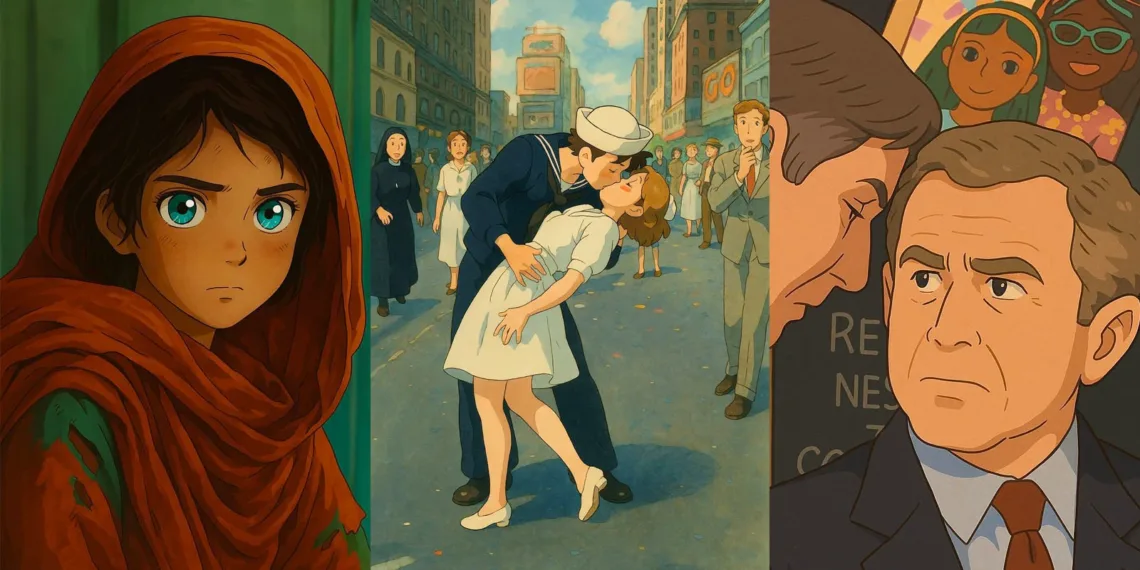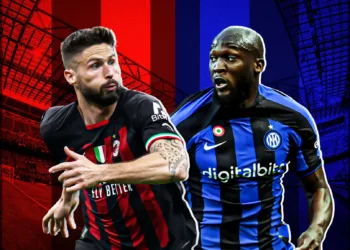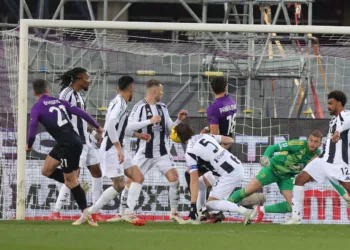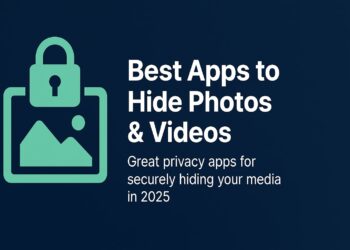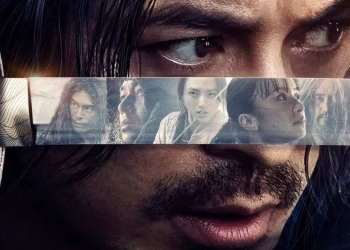In a world where artificial intelligence continues to push the boundaries of creativity, ChatGPT’s latest feature Ghibli promised to transport users into the whimsical realm of Studio Ghibli with just a few keystrokes. However, the dream of effortlessly creating Ghibli-inspired portraits has turned into a frustrating reality for many eager users. As social media feeds flood with enchanting AI-generated artwork, a growing chorus of disappointed voices emerges, lamenting their inability to join the trend due to mysterious content policy restrictions.

The launch of ChatGPT’s image generation capability, powered by the sophisticated GPT-4o model, was met with unprecedented excitement. OpenAI CEO Sam Altman’s announcement on March 25, 2025, set the internet abuzz, with users rushing to transform their photos into dreamy, Ghibli-esque masterpieces. The initial wave of success stories and viral images, including Altman’s own Ghibli-style profile picture, only fueled the frenzy. However, as more users attempted to access this magical feature, a stark divide emerged between those reveling in their AI-crafted artworks and others left staring at apologetic error messages.
Table of Contents
“No matter how many times I try to rewrite the prompts on ChatGPT to make this image into a studio ghibli style, it keeps telling me it does not follow content policy,” lamented one frustrated user on X. This sentiment echoed across social media platforms, with users sharing screenshots of ChatGPT’s polite but firm refusals to generate requested images.
The root of the problem appears to lie in ChatGPT’s content policy, particularly concerning the modification of real people’s likenesses. Many users reported receiving messages stating, “I wasn’t able to generate a Studio Ghibli-style version of your photo due to content policies around modifying real people’s likenesses.” This unexpected hurdle has left many questioning the limitations of AI creativity and the balance between innovation and ethical considerations.
Ghibli Latest Updates
As the controversy grew, OpenAI found itself caught between the overwhelming popularity of the feature and the need to address content policy concerns. Sam Altman acknowledged the issue, stating that the image generation tool was “more popular than we expected,” leading to a delay in rolling out the feature to free-tier users. This admission, while providing some explanation, has done little to quell the disappointment of users eager to participate in the Ghibli-style trend.
The situation raises intriguing questions about the future of AI-generated art and the ethical implications of transforming real people’s images. While some users have successfully created stunning Ghibli-inspired artwork, others find themselves repeatedly hitting a wall of content policy restrictions. This disparity has sparked debates about the consistency of ChatGPT’s image generation capabilities and the criteria used to determine what constitutes an acceptable transformation.
As OpenAI works to refine the feature and address the surge in demand, users are left to wonder when they’ll be able to realize their Ghibli-inspired visions. The company’s cautious approach, while frustrating for some, underscores the complex challenges facing AI developers as they navigate the intersection of creativity, technology, and ethical considerations.
In the meantime, the internet continues to be divided between those showcasing their AI-generated Ghibli masterpieces and others sharing their tales of repeated failures and error messages. This stark contrast serves as a reminder of the ongoing evolution of AI technology and the bumpy road toward achieving the perfect balance between innovation and responsible implementation.
As we await further updates from OpenAI, the ChatGPT Ghibli image generation saga remains a fascinating case study in the promises and pitfalls of AI-driven creativity. Whether you’re among the lucky few showcasing your Ghibli-style portraits or part of the frustrated majority still trying to unlock the magic, one thing is clear: the journey toward seamless AI-generated art is far from over.
As the dust settles on the initial excitement surrounding ChatGPT’s Ghibli-style image generation feature, users and industry observers alike are left to ponder the broader implications of this technological hiccup. The stark contrast between the feature’s runaway popularity and the subsequent content policy roadblocks serves as a microcosm of the challenges facing the AI industry as a whole.
ChatGPT Ghibli Image Generation – User Experience Comparison
| User Type | Experience | Common Issues | Workarounds |
|---|---|---|---|
| Successful Users | Able to generate Ghibli-style images | Occasional quality inconsistencies | Refining prompts, multiple attempts |
| Restricted Users | Unable to generate due to content policy | Error messages, repeated failures | Trying non-portrait images, abstract prompts |
| Free-tier Users | Feature unavailable | Delayed access | Waiting for official rollout, exploring alternatives |
On one hand, the overwhelming demand for Ghibli-style AI art underscores the public’s appetite for creative AI applications. Users’ eagerness to transform their photos into whimsical, Studio Ghibli-inspired masterpieces speaks to a broader desire for personalized, AI-enhanced experiences. This enthusiasm signals a potential goldmine for AI companies capable of delivering user-friendly, ethically sound creative tools.
However, the content policy issues that have left many users frustrated highlight the complex ethical considerations surrounding AI-generated art. The restriction on modifying real people’s likenesses raises important questions about privacy, consent, and the potential for misuse of AI-generated imagery. OpenAI’s cautious approach, while disappointing to some users, reflects a growing awareness in the tech industry of the need to balance innovation with responsible development.
Conclusion
The situation also sheds light on the challenges of scaling AI services to meet sudden surges in demand. Sam Altman’s admission that the feature was “more popular than we expected” hints at the difficulties AI companies face in predicting and preparing for user engagement. This scalability issue is likely to become increasingly relevant as AI technologies continue to capture the public imagination.
As we look to the future, the ChatGPT Ghibli image generation saga offers valuable lessons for both AI developers and users. For companies like OpenAI, it underscores the importance of clear communication about feature limitations and content policies from the outset. For users, it serves as a reminder that emerging AI technologies often come with unforeseen challenges and limitations.
Despite the current hurdles, the excitement surrounding AI-generated Ghibli art points to a bright future for creative AI applications. As companies refine their approaches to content policies and ethical considerations, we can expect to see more sophisticated, user-friendly tools that balance creative freedom with responsible AI use.
In the meantime, the internet will likely continue to be a mixed landscape of stunning AI-generated artworks and frustrated user experiences. This duality serves as a poignant reminder of the ongoing evolution of AI technology – a field where dreams of magical creativity coexist with the complex realities of ethical implementation and technological limitations.
As we eagerly await updates from OpenAI and explore alternative avenues for AI-assisted creativity, one thing remains clear: the journey toward seamless, ethically sound AI-generated art is as much about navigating human values and societal norms as it is about advancing technology. The ChatGPT Ghibli image generation story is far from over, and its unfolding chapters promise to offer valuable insights into the future of AI-driven creativity.
Grok 3 Unleashed: Create Stunning Ghibli-Style AI Portraits for Free – No ChatGPT Needed!
FAQs
Q: Why am I unable to generate Ghibli-style images using ChatGPT?
A: Many users are encountering issues due to content policy restrictions, particularly when attempting to modify real people’s likenesses. ChatGPT’s current policy limits certain types of image transformations to prevent potential misuse or ethical concerns.
Q: When will the Ghibli-style image generation feature be available to all ChatGPT users?
A: OpenAI CEO Sam Altman has stated that the rollout to free-tier users is delayed due to unexpected popularity. No specific timeline has been provided, but the company is working on addressing the high demand and policy concerns.

